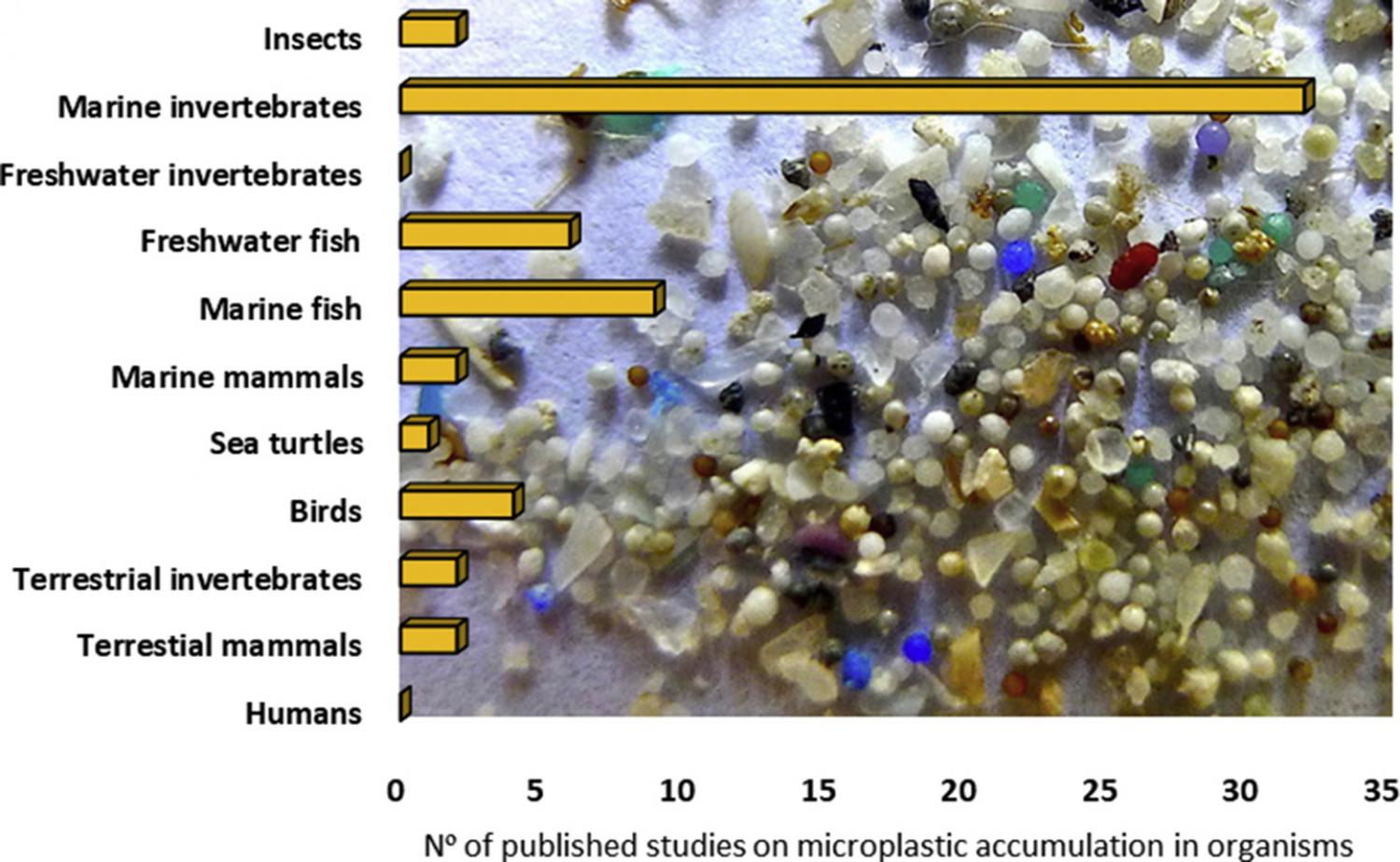
Elsevier, TrAC - Trends in Analytical Chemistry, Volume 111, February 2019
Following a decade of research on the environmental impacts of microplastics, a knowledge gap remains on the processes by which micro and nanoplastics pass across biological barriers, enter cells and are subject to biological mechanisms. Here we summarize available literature on the accumulation of microplastics and their associated contaminants in a variety of organisms including humans. Most data on the accumulation of microplastics in both field and lab studies are for marine invertebrates. Microplastics accumulation data for insects, birds, marine mammals and sea turtles are scarce due to methodological issues. There is no conclusive evidence for the mode of accumulation of microplastics in either mammals or humans. The mechanism of chemical partitioning, role of contaminants associated with plastics, and mode of action of both nano- and micro-plastics and associated chemicals in a range of organisms and associated compartments/tissues also requires further research.
